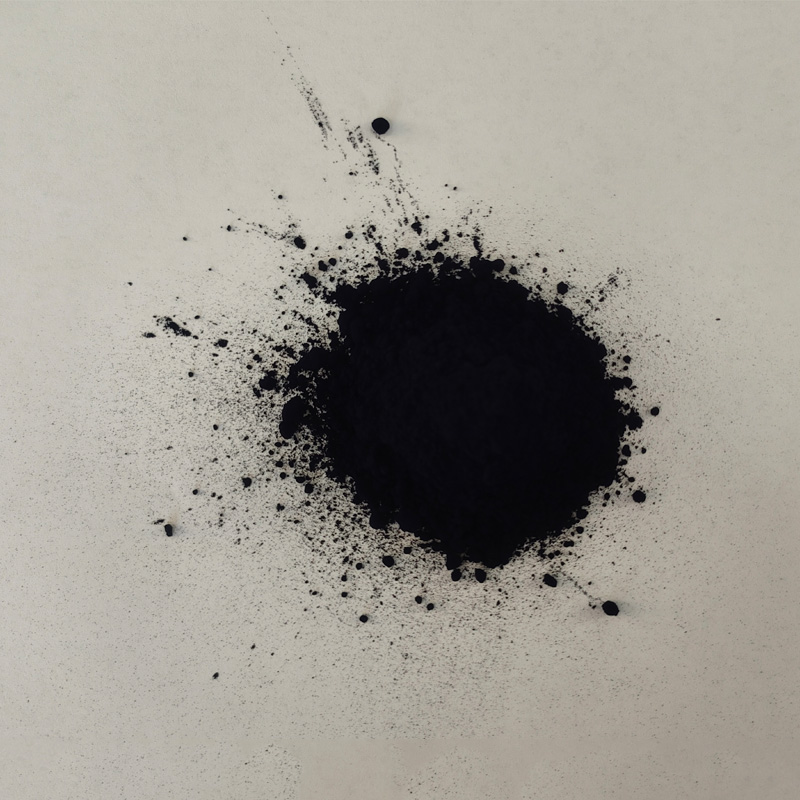Exploring the Applications and Benefits of Sulphur Black Dye Products in Textiles
Understanding Sulphur Black Dyes Applications, Benefits, and Industry Insights
Sulphur black dyes represent a significant category in the textile industry, known for their richness in color and versatile applications. These dyes, primarily composed of sulphur compounds, have established themselves as an essential choice for dyeing fabrics, especially cotton and other cellulosic fibers. Their importance lies not only in their colorfastness but also in their economic viability and ease of application.
What are Sulphur Black Dyes?
Sulphur black dyes are synthetic dyes that are produced through a series of chemical reactions involving sulphur and other organic compounds. They are characterized by their deep black hue and excellent lightfastness, making them ideal for garments that demand durability. The dyeing process involves the reduction of the dye into a soluble form in a reducing environment, followed by the application to the textile. Once the dye is absorbed by the fibers, it is oxidized back into its insoluble form, creating a permanent bond.
Applications of Sulphur Black Dyes
1. Textile Industry The primary application of sulphur black dyes is in the textile industry. They are predominantly used for dyeing cotton fabrics due to their affinity for cellulose fibers. This makes them a popular choice for producing denim, workwear, and fashion garments. The ability of sulphur black dyes to provide deep, rich colors while maintaining a high level of colorfastness makes them particularly valuable for products that are subject to frequent washing and exposure to light.
2. Leather Industry Beyond textiles, sulphur black dyes are also utilized in the leather industry. They can effectively color leather goods, providing a uniform and durable finish that withstands wear and tear. Their use in leather enhances the aesthetic appeal while ensuring that the products have a long lifespan.
3. Paper Industry Interestingly, sulphur black dyes can also find applications in the paper industry where they can be used to add color to certain types of paper products. The ability to achieve a deep black color is vital in various printing processes, especially for high-quality printing applications.
Benefits of Sulphur Black Dyes
sulphur black dyes products

1. Cost-Effectiveness Sulphur black dyes are known for their cost-effectiveness compared to other dye types. Their production and application process is relatively economical, making them a favorable choice for manufacturers looking to reduce costs without compromising quality.
2. Environmental Aspects When managed correctly, sulphur black dyes can be more environmentally friendly in comparison to other dye classes, especially when utilizing low-impact or eco-friendly reduction methods during application. Innovations in dyeing processes have further enhanced their sustainability profile, making them a preferred choice among environmentally conscious companies.
3. Colorfastness and Durability One of the most significant advantages of sulphur black dyes is their superior colorfastness. They are resistant to fading and maintain their appearance even after multiple washes. This durability factor is essential for brands aiming to deliver products that meet consumer expectations for quality.
Industry Trends and Innovations
In recent years, the textile industry has witnessed a push towards more sustainable practices, and sulphur black dyes are no exception. The development of more efficient dyeing techniques and the introduction of eco-friendly formulations have gained traction. Innovations in the dyeing process, such as improving water usage and reducing chemical waste, are increasingly becoming norms as regulatory standards intensify regarding environmental impact.
Similarly, the rise of digital printing technology offers exciting prospects for the application of sulphur black dyes. Digital textile printing can optimize color application and minimize waste, positioning sulphur black dyes as a potentially more sustainable choice in various printing methods.
Conclusion
In conclusion, sulphur black dyes are an integral component of the textile and associated industries. Their unique properties, combined with economic and environmental advantages, make them a preferred choice among manufacturers. As the industry continues to evolve, the focus on sustainable practices and innovative applications will only further enhance the role of sulphur black dyes, ensuring they remain a staple in the quest for quality and sustainability in textiles.
-
The Timeless Art of Denim Indigo Dye
NewsJul.01,2025
-
The Rise of Sulfur Dyed Denim
NewsJul.01,2025
-
The Rich Revival of the Best Indigo Dye
NewsJul.01,2025
-
The Enduring Strength of Sulphur Black
NewsJul.01,2025
-
The Ancient Art of Chinese Indigo Dye
NewsJul.01,2025
-
Industry Power of Indigo
NewsJul.01,2025
-
Black Sulfur is Leading the Next Wave
NewsJul.01,2025

Sulphur Black
1.Name: sulphur black; Sulfur Black; Sulphur Black 1;
2.Structure formula:
3.Molecule formula: C6H4N2O5
4.CAS No.: 1326-82-5
5.HS code: 32041911
6.Product specification:Appearance:black phosphorus flakes; black liquid

Bromo Indigo; Vat Bromo-Indigo; C.I.Vat Blue 5
1.Name: Bromo indigo; Vat bromo-indigo; C.I.Vat blue 5;
2.Structure formula:
3.Molecule formula: C16H6Br4N2O2
4.CAS No.: 2475-31-2
5.HS code: 3204151000 6.Major usage and instruction: Be mainly used to dye cotton fabrics.

Indigo Blue Vat Blue
1.Name: indigo blue,vat blue 1,
2.Structure formula:
3.Molecule formula: C16H10N2O2
4.. CAS No.: 482-89-3
5.Molecule weight: 262.62
6.HS code: 3204151000
7.Major usage and instruction: Be mainly used to dye cotton fabrics.

